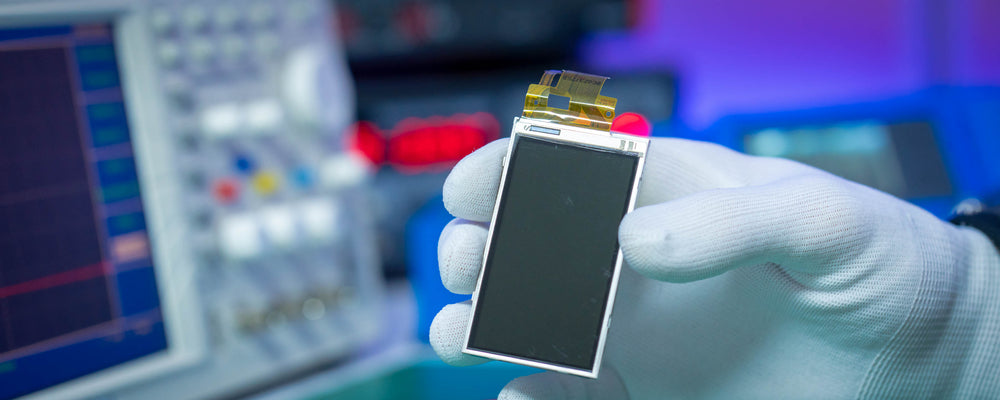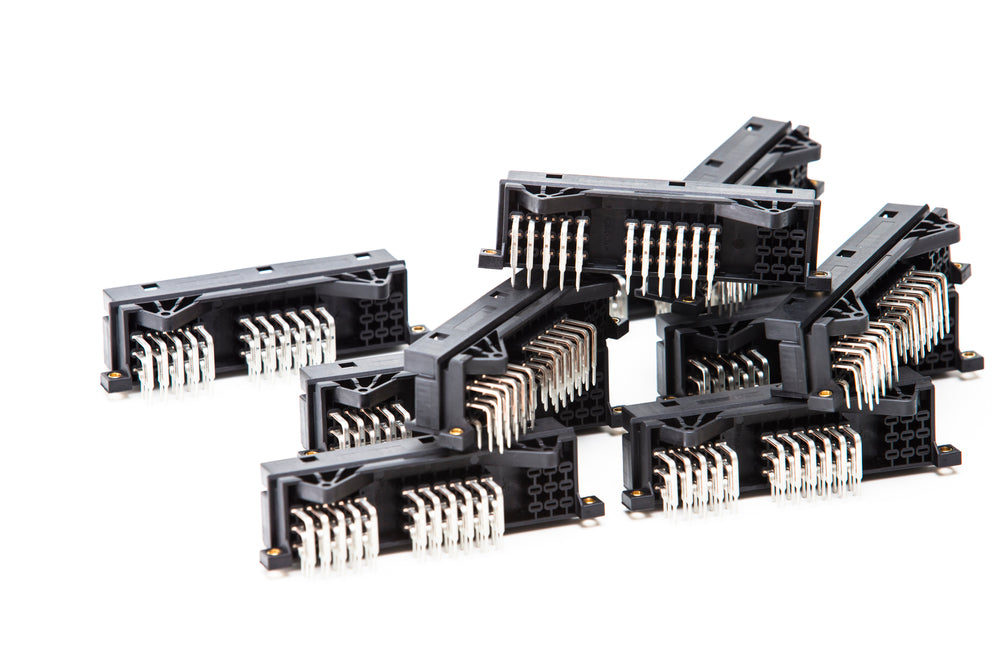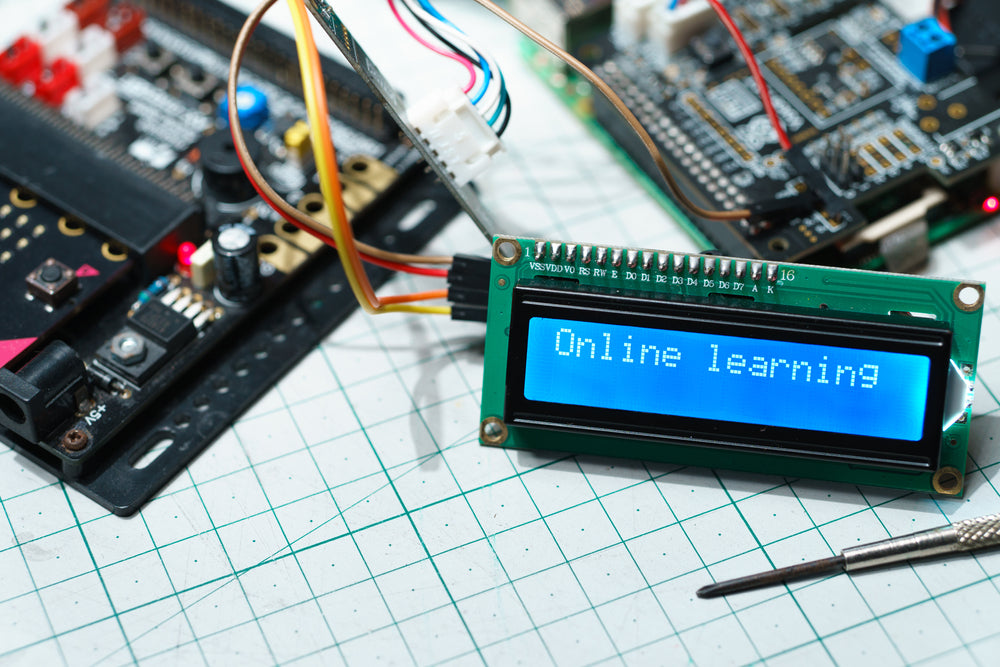Character OLED (Organic Light Emitting Diode) and Character LCD (Liquid Crystal Display) are both popular display technologies used for displaying text and simple graphics. Here are some differences between the two:
- Display Technology: Character OLED uses organic material that emits light when a current is passed through it, while Character LCD uses liquid crystals that modulate light passing through them.
- Display Quality: Character OLED displays offer higher contrast, wider viewing angles, and better color reproduction compared to Character LCD displays. OLED displays also have faster response times and higher refresh rates, making them better suited for dynamic content.
- Power Consumption: Character OLED displays consume less power compared to Character LCD displays, as they do not require a backlight to function. This makes them ideal for battery-powered devices.
- Price: Character OLED displays are generally more expensive than Character LCD displays, especially for larger sizes.
- Lifespan: Character OLED displays have a limited lifespan and can suffer from image burn-in if static images are displayed for extended periods. Character LCD displays have a longer lifespan and are less prone to image burn-in.
Character OLED displays are well-suited for applications where space is limited, power consumption needs to be minimized, and high contrast and wide viewing angles are required. It is important to note that OLED displays the same screen for a long time there is the possibility of screen burn-in.
Character LCD displays are well-suited for applications where simple text or graphics need to be displayed in a low-cost, low-power, and reliable manner. They are widely used in various types of devices and equipment where durability and reliability are important.
What is OLED screen burn-in?
Character OLED displays can experience screen burn-in or image retention, especially if static images are displayed for extended periods. This is because OLED displays use organic materials that degrade over time when exposed to light, and can cause pixels to degrade unevenly.
Screen burn-in can occur when a static image is displayed on the screen for a prolonged period, causing some pixels to be overused and others underused. As a result, a ghost image of the static image can be seen on the display even after it has been replaced by a new image.
To prevent screen burn-in, OLED displays use various techniques, such as pixel shifting and brightness limiting. Pixel shifting involves moving the position of the image slightly over time to prevent any pixels from being overused for too long. Brightness limiting involves reducing the brightness of the display to reduce the amount of light exposure to the organic materials.
It's important to note that while OLED displays are more prone to burn-in than LCD displays, the risk can be minimized by using good design practices, such as minimizing the use of static images, implementing pixel shifting, and reducing the brightness of the display.
Read more

Organic Light Emitting Diode (OLED) technology has been gaining traction in recent years due to its energy efficiency, flexibility, and vivid display capabilities. As a result, the OLED industry ha...

PCB Connectors, or Printed Circuit Board connectors, are components that are used to connect printed circuit boards (PCBs) to other electronic parts, such as LEDs, sensors, displays, wires, and eve...



Leave a comment
This site is protected by hCaptcha and the hCaptcha Privacy Policy and Terms of Service apply.